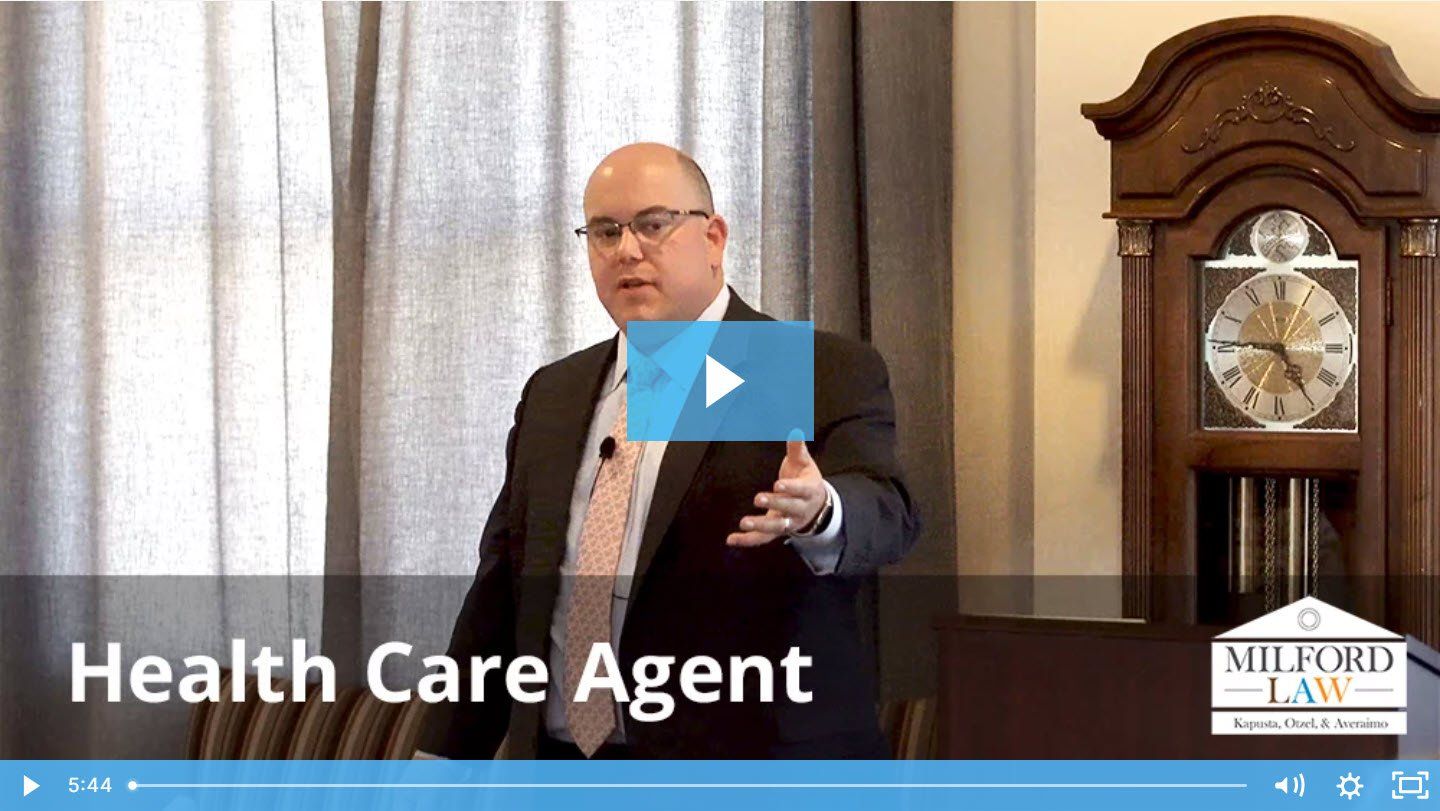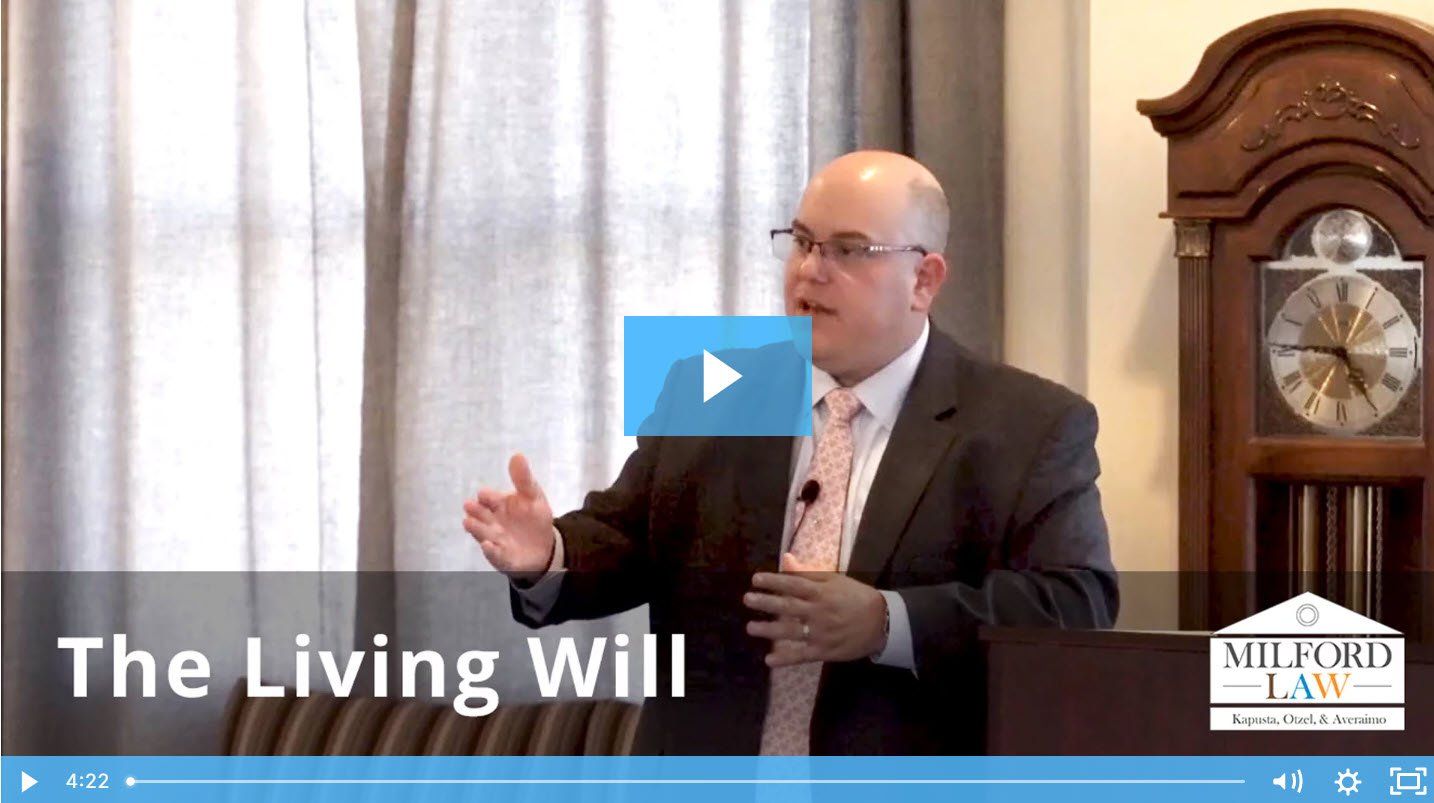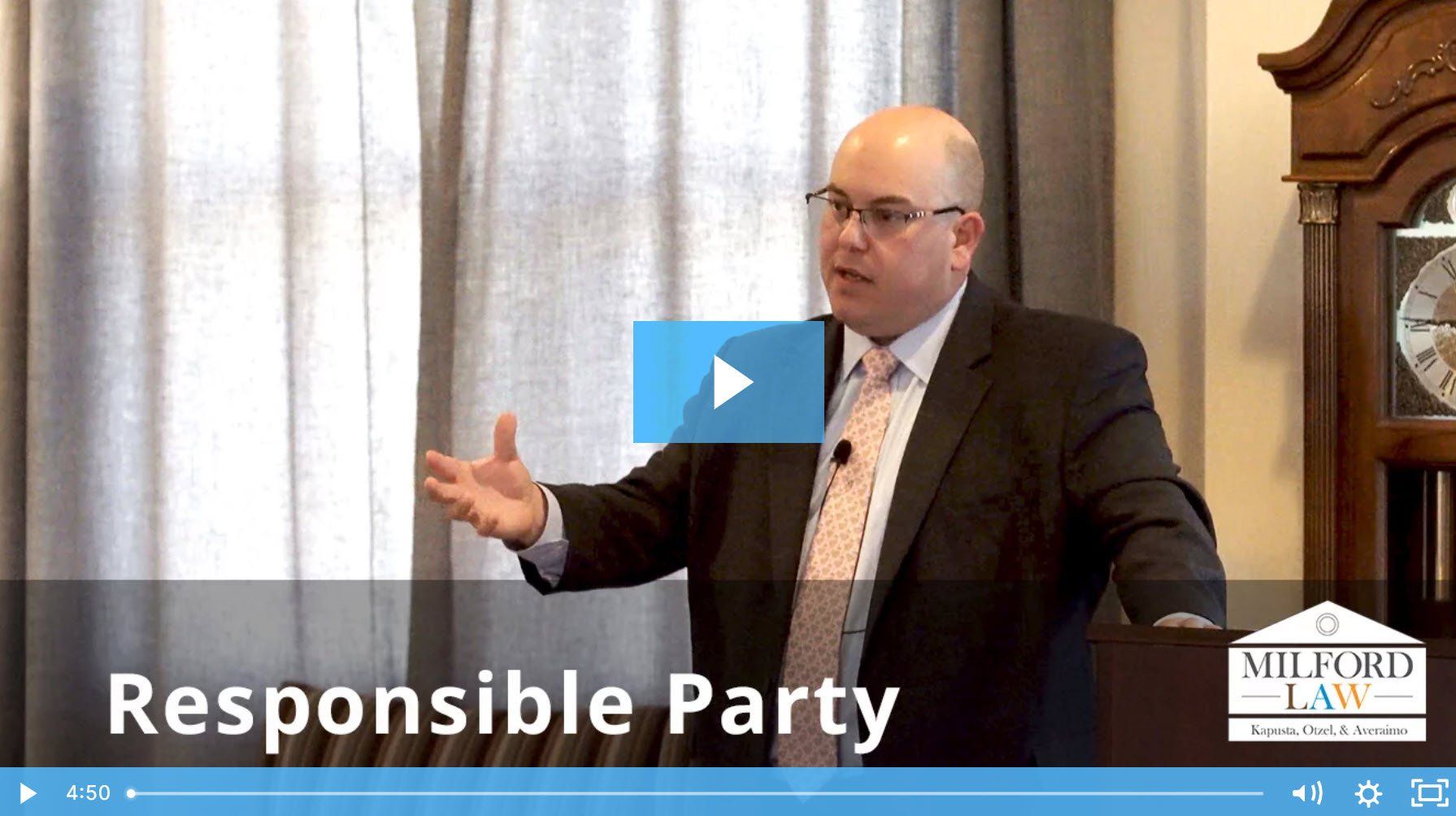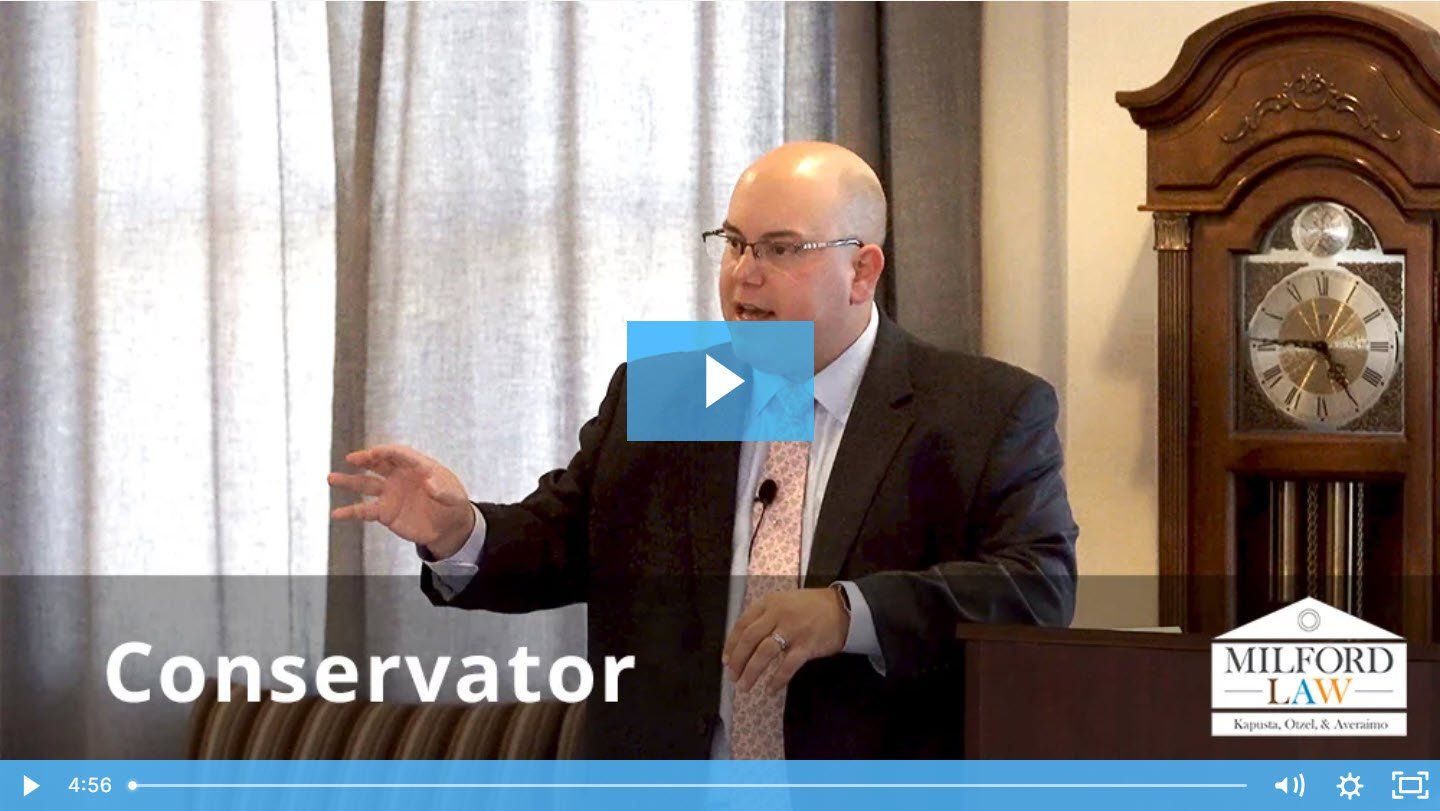A Deeper Look into the Probate Process
What do you really know about non-probate transfers?
The probate process is the process by which an estate is administered. It begins with an application to establish the validity of a will. The original will is filed with an application to admit the will, and once approved or admitted by the probate court, the probate court is essentially indicating that the will is valid and orders the executor and any of their representatives, such as their attorney, to carry out the wishes of the will while overseeing that process.
The most typical situation that you see in estate planning for a family is where there is a husband and a wife and one of them passes away. According to the will, all of the assets goes to the other spouse. If they both pass away in a common disaster or occurrence, the inheritance is left to the children in equal shares.
Non-probate transfers, or assets that pass outside of probate, pertain to any asset you have where a beneficiary can be named on or any asset that is held as a joint tenant with rights of survivorship. A typical examples of this would be your home. If you own the property as joint tenants with rights of survivorship with your spouse, upon the passing of one individual their interest in the property would automatically transfer to the other. Another typical example is bank account, like a simple checking account held by two people in survivorship.
Assets that pass outside of probate are not controlled by the probate process, and as such are not specified in the last will and testament. So, you can conceivably have no assets that are governed by the last will and testament but still have many assets that are essentially passed by rights of survivorship.
Watch the full Estate Planning Seminar - Part 3:
Milford Law Articles











